My dream has always been to overwinter along the coast: to spend the cold months beachcombing the Outer Banks and Cape Hatteras National Seashore of North Carolina. For the past two years, I’ve made that dream a reality. The Outer Banks of North Carolina are a ribbon of sand–a series of barrier islands–separating the Atlantic Ocean from the mainland coastline of North Carolina. Cape Hatteras National Seashore is a roughly seventy-mile stretch within the greater Outer Banks that runs from Bodie Island to Ocracoke. With the exception of a series of small villages, the coastline along Cape Hatteras National Seashore is undeveloped.
Originally, my goal was to walk the length of the coast–Carova to Hatteras–one small day-hike at a time. I’ve always been of the belief that there’s no shortcuts to photography. For landscape photography, that means physically moving through the natural landscape, slowly and attentively and during all variations of weather and atmosphere possible. The combination of learned experiential knowledge and an individuals unique background and interests are what combine to make photographs, in my opinion.
The early days of my first monthly trip to the Outer Banks in January of 2019 went well and as planned. My eyes, however, began to drift from the larger landforms and the vast ocean seascape to the dyanamically shifting sandy ground before me, scanning left and right for hidden treasures and interesting finds. By the time I returned in January of 2020, I knew the lionshare of my time and energy would be spent beachcombing. Much like walking a forest trail and looking for a specific wildflower, beachcombing the Outer Banks and Cape Hatteras National Seashore of North Carolina proved to be a process of trying to read the landform and the weather in an attempt to pattern and anticipate where and what might be found. North facing beaches produced different shells than south facing beaches. Locations closer to the Gulf Current, likewise, produced different shells than those beaches that were further from this warm water river. Storms each had their own distinct impact on the coastline, and on the productivity of shelling each day. Tides, winds, moon phases: so many different variables working together each day! The dynamic nature of the Outer Banks kept me on my toes, each day essentially a new entry into my mental journal of place-based knowledge regarding the Outer Banks of North Carolina and the Cape Hatteras National Seashore.
It didn’t take long before I was hooked on beachcombing the Outer Banks; I got the bug. I had no interest in keeping the shells I found but I did really enjoy the hunt to find them and, of course, the process of photographing them! The natural rhythm of beachcombing became something I looked forward to each day, and something that I would love to do every year without fail. Below you’ll find some of the many finds that my sister and I found during our daily walks along the beach. If you’re interested in more shell photography, feel free to browse my stock galleries. And if you’re interested in joining me along the coast in January check out my ongoing photo adventures for availability.
There are often small pieces of coral mixed within the larger piles of shell hash along the beach. But sometimes you find a massive chunk of coral that you just can’t pass by! This thing was huge! I carried the chunk around for a bit and couldn’t think of anything more creative than just putting it back into the surf and photographing it within its element.
Spring Trees Blue Ridge Parkway
Visiting Great Smoky Mountains National Park (GSMNP) is always special. It's a place of mountain streams, lush green growth, diversity. But, it's also an incredibly busy National Park, borderd by towns that are comical in their loud shouting for attention and...
Pea Island NWR Sand Pattern
I let the real-time conditions determine my shooting schedule and direction in place. This type of responsive strategy forces me to always adapt, to be flexible. It keeps the actual practice of landscape photography less bullish and more like a dance, I think. The...
Snow Jennettes Fishing Pier
There’s snow in the overnight forecast. It’s coming from the south. What? Is this something that actually happens? We wake on the morning of January 22nd with no real plans. We—my mother (also a photographer) and I—just want to see snow on the beach. In all the...









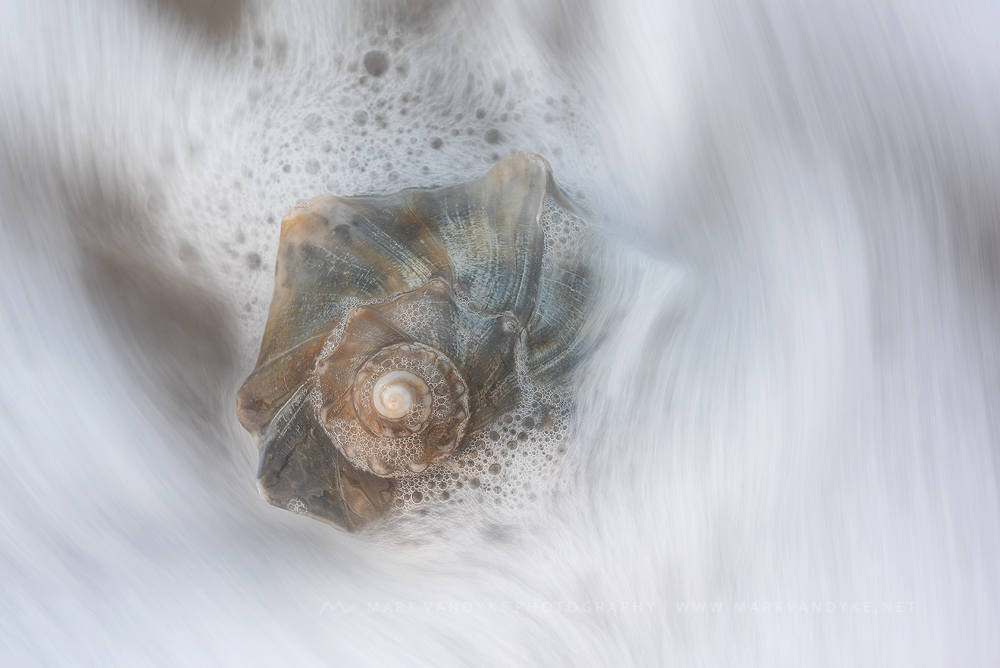




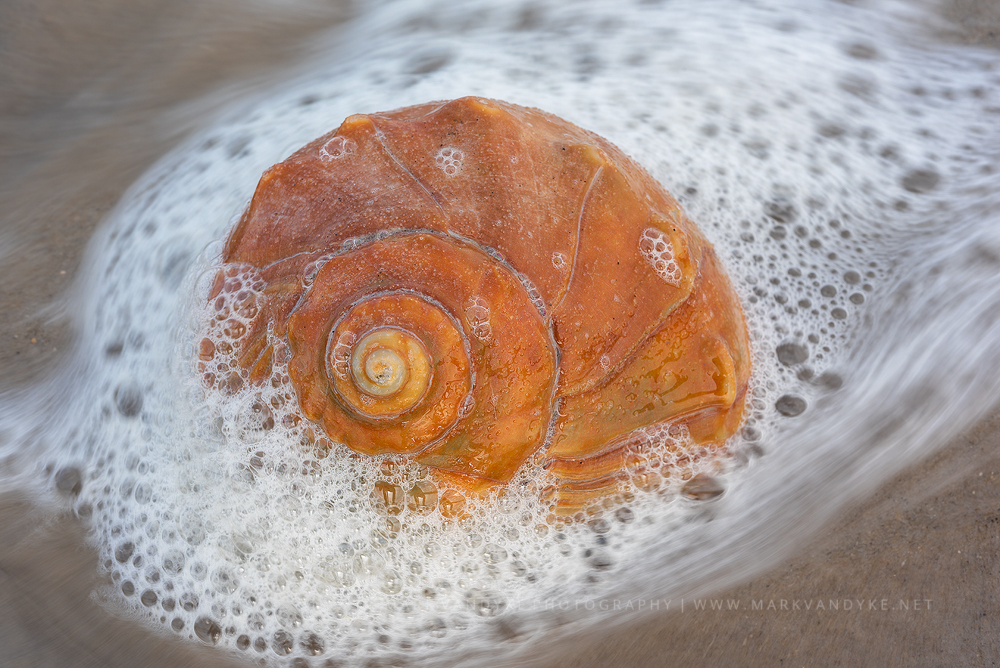






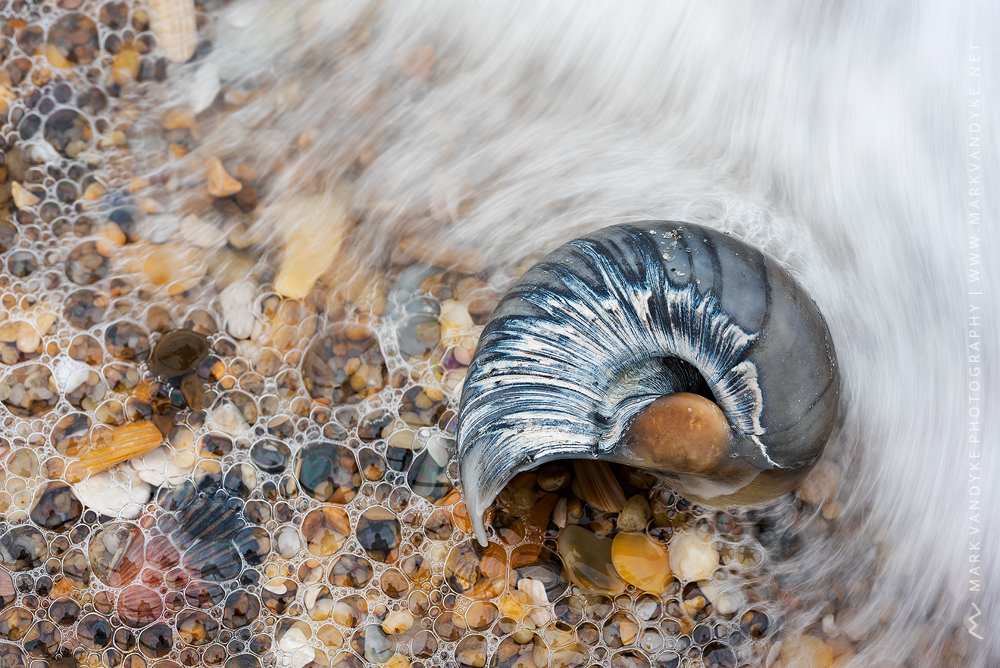
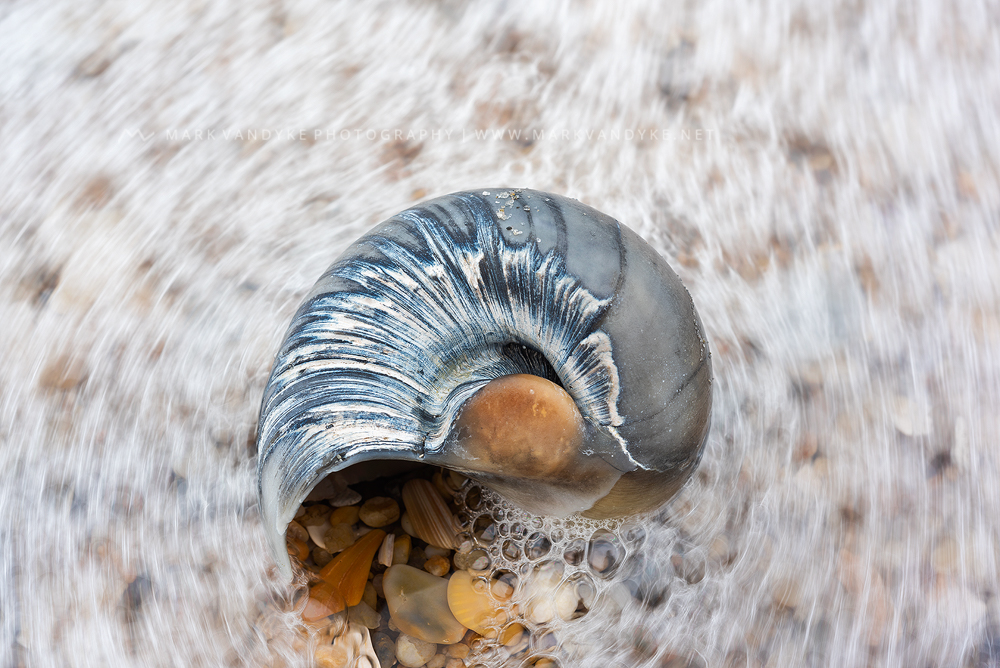



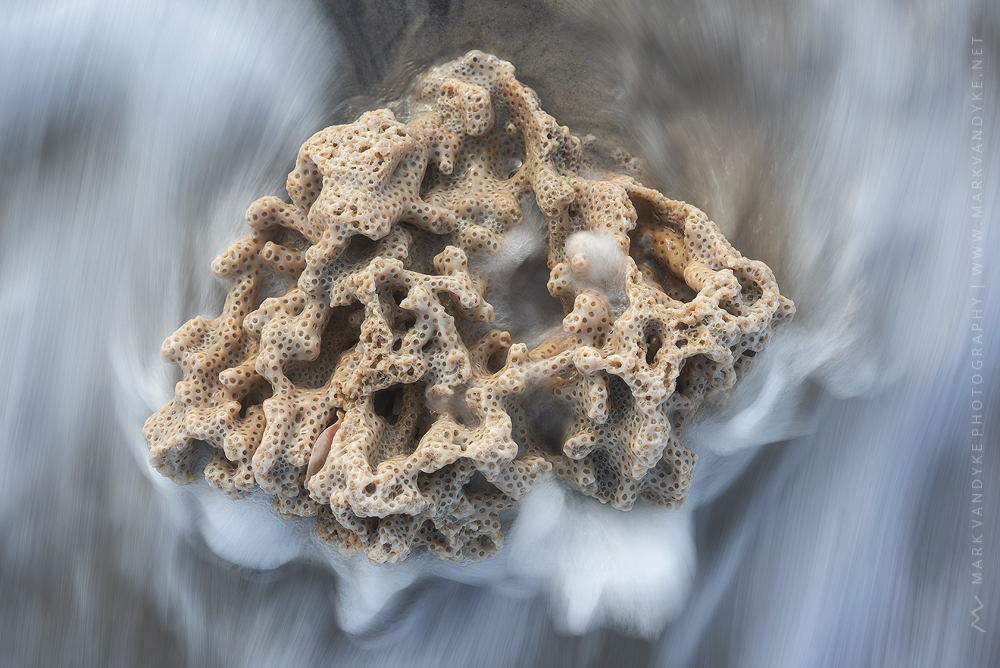














0 Comments